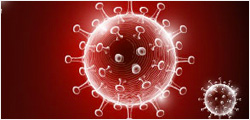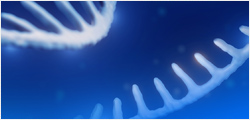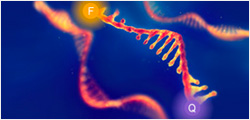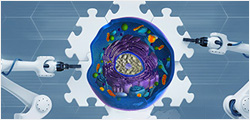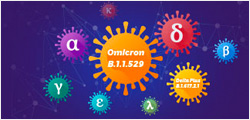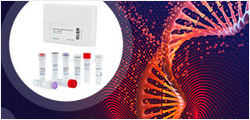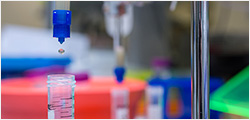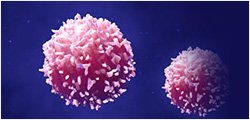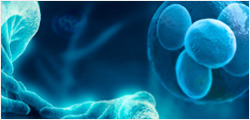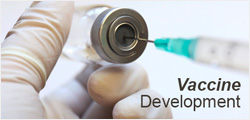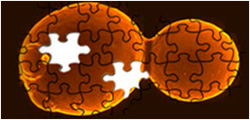FGF-R2β, Human
Fibroblast growth factor receptor 2 (FGFR2) also known as CD332 is a receptor for fibroblast growth factor and it has important roles in embryonic development and tissue repair, especially bone and blood vessels. FGFR2 has two naturally occurring isoforms, FGFR2IIIb and FGFR2IIIc, created by splicing of the third immunoglobulin-like domain. FGFR2IIIb is predominantly found in ectoderm derived tissues and endothelial organ lining. Like the other members of the fibroblast growth factor receptor family, these receptors signal by binding to their ligand and dimerisation (pairing of receptors), which causes the tyrosine kinase domains to initiate a cascade of intracellular signals. On a molecular level these signals mediate cell division, growth and differentiation.
| Z03546 | |
|
|
|
| ¥29,660.00 | |
|
|
|
|
|
|
| Ask us a question | |
